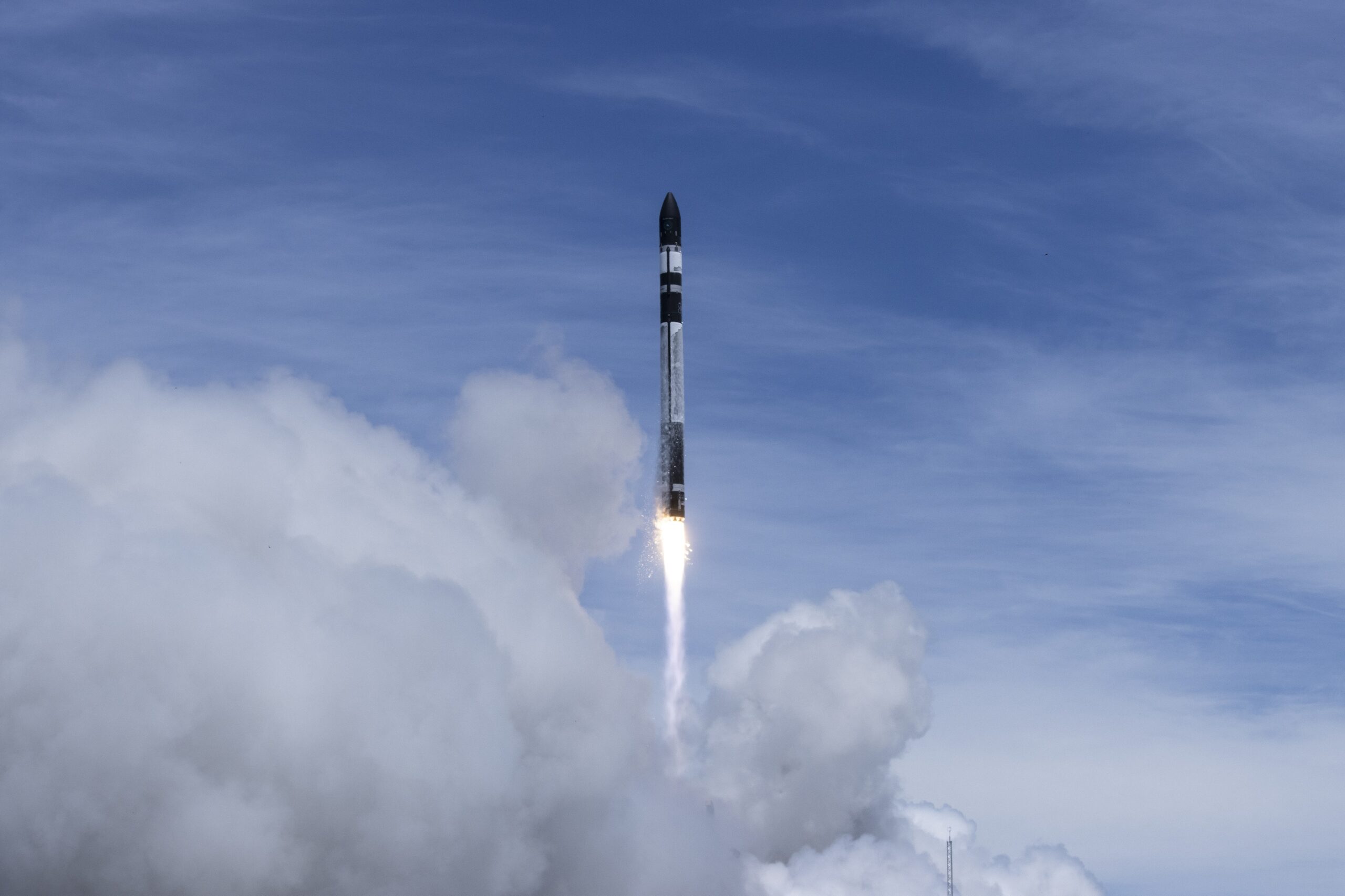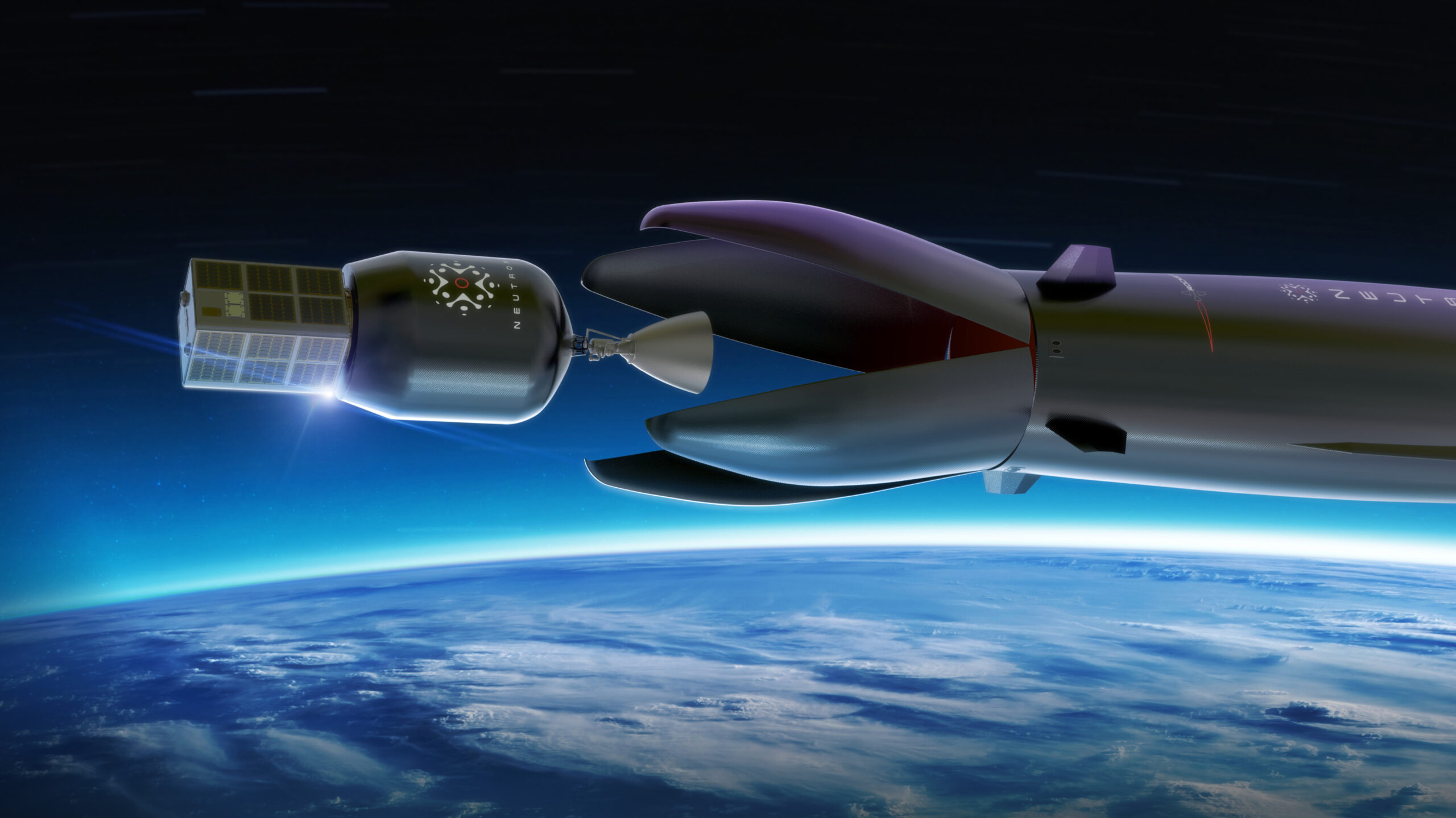
For the third time this year, Long Beach-based spacecraft manufacturer and space launch services provider Rocket Lab has announced the acquisition of another firm. The latest addition is Albuquerque-based SolAero Holdings, a supplier of space solar power products, the company announced today.
The $80 million deal is expected to close in the first quarter of next year.
“SolAero is a highly complementary addition to Rocket Lab’s vertically integrated business model and strengthens our ability to streamline space for our customers by delivering complete space mission solutions,” Rocket Lab founder and CEO Peter Beck said in the announcement. “SolAero has established itself as a premier provider of solar technologies, enabling trailblazing missions that have expanded scientific horizons and advanced commercial space.”
Earlier this month, Rocket Lab completed the acquisition of Planetary Systems Corporation. In October, the company announced the acquisition of ASI Aerospace.
Founded in 1998, SolAero’s solar cells, solar panels and composite structural products have supported more than 1,000 space missions with 100% reliability, according to the announcement. The firm has been involved in several high-profile missions, including providing the power supply for NASA’s Parker Solar Probe and Mars Insight Lander, the largest solar array ever deployed to the surface of the red planet.
SolAero also led the development and manufacturing of the solar panel on Ingenuity, the helicopter that flew on Mars earlier this year. The flight was the first ever powered, controlled flight on a planet other than Earth.
The addition of SolAero’s 425 employees in New Mexico brings Rocket Lab’s total staffing to more than 1,100 internationally. The firm now has operations in Colorado, Maryland, New Mexico, New Zealand and Canada in addition to its Long Beach headquarters.
SolAero President and CEO Brad Clevenger will continue to oversee the company’s 154,696-square-foot facility.
“By combining our innovative teams, industry-leading technologies and strong resources, we can advance space exploration and enable our customers to push the boundaries of what’s possible in orbit,” Beck said.
Today’s announcement comes on the heels of several others from the company this month. Last week, the firm announced the successful launch and delivery of two satellites to orbit during its “A Data With Destiny” mission for BlackSky. It was the 23rd lift-off of Rocket Lab’s Electron system and brings the company’s total number of satellites delivered to space to 109.
The mission came three weeks after the successful launch and deployment of two other Earth imaging satellites for BlackSky, a real-time geospatial monitoring company.
On Dec. 7, Rocket Lab announced it signed a deal with Japanese Earth imaging company Synspective for three dedicated launches—two next year and the third in 2023. Each mission is slated to carry a single StriX satellite that can detect millimeter-level changes to the Earth’s surface from space, regardless of weather conditions or time of day.
Rocket Lab launched Synspective’s first StriX satellite into orbit in December 2020.
“We’re honored that the Synspective team has once again chosen Electron to grow their StriX constellation,” Beck said in the announcement. “We recognize the importance of dedicated orbits and custom mission parameters for constellations, and we’re delighted to deliver a tailored launch and integration service to the Synspective team once again.”

And lastly, on Dec. 2, Rocket Lab unveiled its next-generation 8-ton payload class Neutron launch vehicle, which will be the world’s first carbon composite large launch vehicle. The rocket will be made of a new, specially formulated carbon composite material that is lightweight, strong and can withstand immense heat and force during launch and re-entry, the company stated.
The Neutron will have the ability to land back on Earth after a mission, rather than falling to the ocean for pickup, following in the footsteps of SpaceX, which successfully landed its Falcon 9 at Cape Canaveral in January of this year. Every aspect of the rocket was designed for the purpose of reusability, the company said—from its unique shape to the new Archimedes rocket engine.
Neutron’s second stage will be fully encased within the first, which will open when it’s time to deploy the payload. While the nose cone typically separates from the rocket only to fall into the ocean, allowing the payload to deploy, Neutron’s “hungry hippo” design will open at the tip of the rocket, allowing the second stage to vacate before closing again and returning to Earth.
Rocket Lab expects to create 250 new jobs to support the Neutron project, according to the announcement. The company is working through a competitive process to select a launch site, production facility and engine test facility on the East Coast.

